Related Content
Content
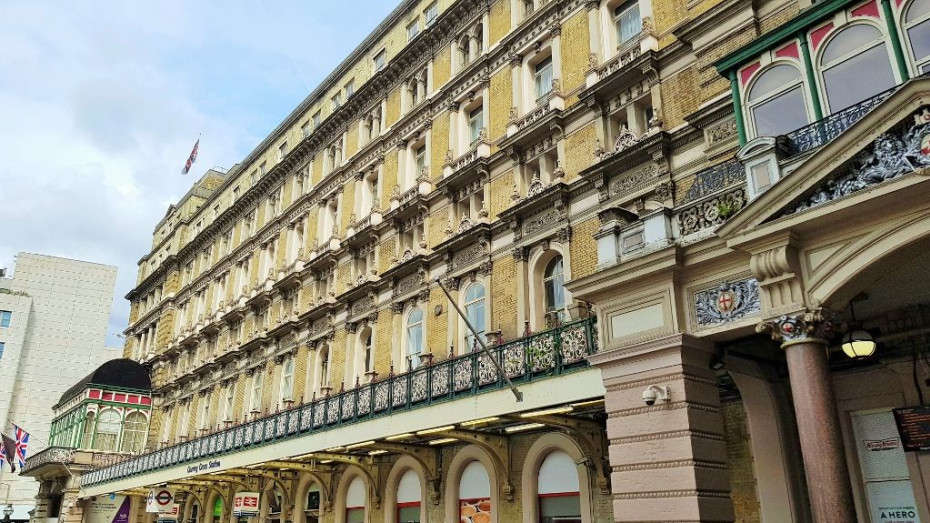
London Charing Cross (London)
Charing Cross station has a superb location on The Strand - the Eleanor Cross, from which all distances from central London have been measured, is on the station’s forecourt.
Share
At a Glance
Services
Travel Information Desk
Onward Travel
Metro
Taxi Rank
Accessibility
Step Free
Misc
Terminus Station

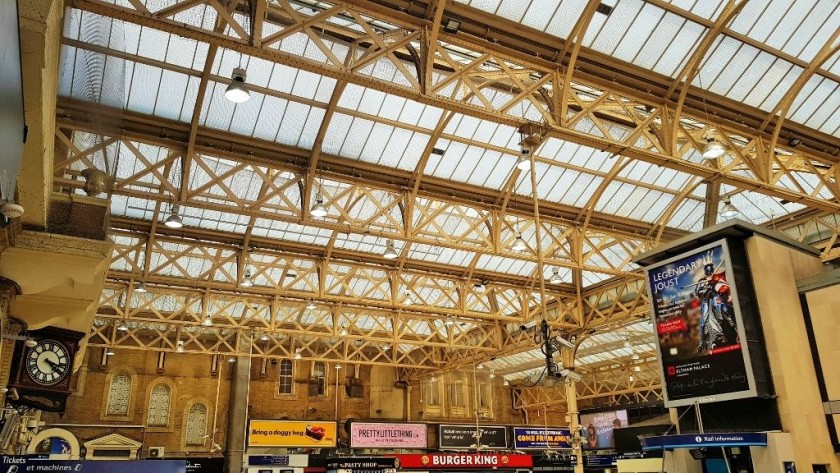

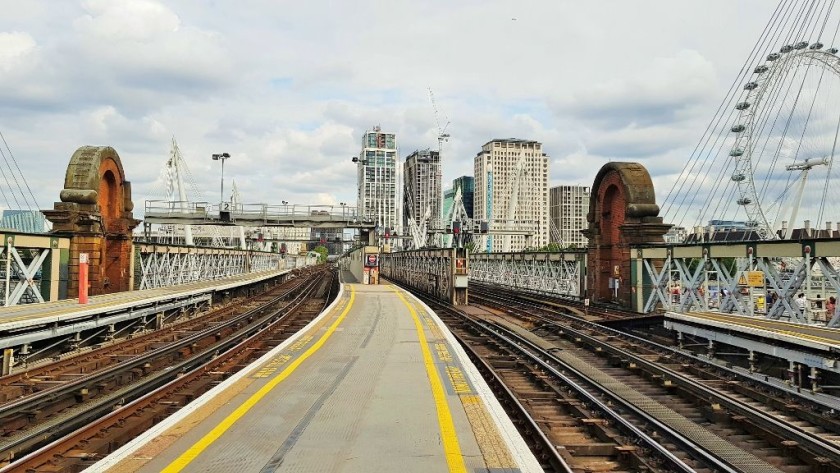
Many of the most popular attractions in the West End of London, including Covent Garden, the Courtauld Institute of Art, Leicester Square, the National Gallery, the National Portrait Gallery, The Mall and Piccadilly Circus and Somerset House are within an easy 10 min walk of Charing Cross station.
It is also a compact station with only six platforms (tracks) and as it’s a terminus, London Charing Cross is also a comparatively simple station to navigate.
The concourse is level with the streetscape along the frontage of the station, so the access to the taxi-rank is step-free.
Because most of the station’s users are commuters, Charing Cross becomes busy and crowded between 16:30 and 19:00 when Mondays to Fridays are working days, but at other times during the day the station is an easy environment in which to catch a train.
Though something to be aware of, is that there is only one escalator which links the concourse to the ticket hall of the Underground station, and it usually leads downwards in the morning and upwards in the afternoon and evenings; so you can’t be sure that the access to the Underground will be step-free.
What is now step free is the shortest route between the concourse at Charing Cross station and the nearby Embankment station, which is served by the Circle and District Lines.
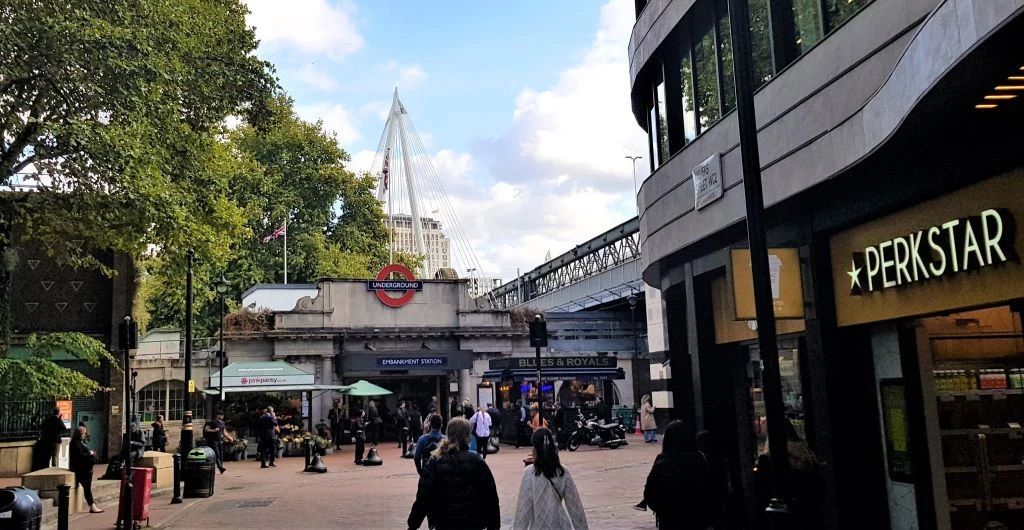
That Underground station is at the foot of Villiers Street, a two minute walk from Charing Cross; the exit on to Villiers Street is to one side of the concourse, by the access to platform 1; it leads to a flight of stairs down to street level, but over to the right is a smart new set of escalators.

London Bridge and Waterloo East stations:
All trains to and from Charing Cross station also now call at Waterloo East and London Bridge stations.
If you will be using an Oyster Card to travel around London, and want to travel between the areas and attractions around Charing Cross and London Bridge stations, then taking a train is a better option than taking the Underground; typically 18 trains per hour connect Charing Cross and London Bridge.
When looking up a train journey from London to destinations such as Canterbury, Dover and Hastings and Tunbridge Wells, if you haven’t specified Charing Cross station as a starting point, the website may assume that you’ll want to commence a journey at London Bridge station; and the journey time will be faster than from Charing Cross.
But it’s worth checking whether Charing Cross would be the more convenient starting point for your journey, the London terminal at which you commence your journey, won't affect the ticket price.
To other central London stations from Charing Cross:
If you'll be on a train heading to Charing Cross and travelling on to Euston, King's Cross or St.Pancras you'll have and easier and faster cross-London transfer if you leave the train at London Bridge station and make the connection there instead.
This also applies if you will be heading to Liverpool Street.
Charing Cross to Euston
Northbound trains on the Northern Line can take you from Charing Cross to Euston, but all trains to Charing Cross will have called at London Bridge, so making the transfer there for other Northern line services to Euston is a quicker option.
to King's Cross and St Pancras (from London Bridge)
London Bridge is also directly connected to Kings Cross and St Pancras by the Northern line of the Underground.
Though if you have luggage etc, or would rather avoid squeezing on to the Underground, which won't be air-conditioned, then taking a Thameslink train to St Pancras from London Bridge is a better option; King's Cross is then literally across the street from St Pancras.
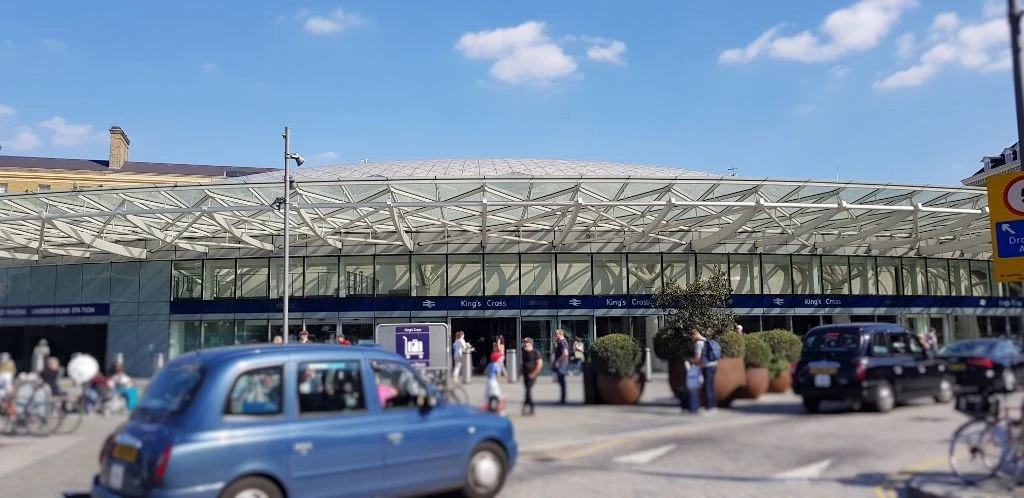
to Liverpool Street
Liverpool Street and London Bridge stations are both on the eastern edge of the central London area, so despite Embankment underground station, which is adjacent to Charing Cross, having a direct link to Liverpool Street by the Circle line, the quicker option is to leave trains heading to Charing Cross at London Bridge.
Bus rotes 149 and 388 link the upper concourse at London Bridge to Liverpool Street station.
Or if you happen to be on a train to Cannon Street station, you can take an eastbound Circle line train from there to Liverpool Street, though accessing the the exit from Liverpool Street will involve going up and over a footbridge.
Though a new route from London Bridge to Liverpool Street, which is entirely step-free, is to take a Thameslink train to Farringdon and connect there for the eastbound Elizabeth line, there are elevators which provide access from and to the trains at London Bridge, Farringdon and Liverpool Street stations.
Avoid taking the Underground and connecting between the Northern and Central lines at Bank, because at that station the two Underground lines are relatively distant from each other.
Charing Cross to Paddington and Marylebone
The Bakerloo line is particularly distant from the entrance/ticket hall of Charing Cross Underground station, because the Bakerloo line station was originally entirely separate.
So the transfer at Charing Cross between stepping off a mainline train and being on the Bakerloo platform takes around five minutes.
So if you will be heading to Marylebone and Paddington stations, the recommended option is to connect into the northbound Jubilee line at Waterloo East station instead.
All trains heading to Charing Cross will call at Waterloo East and there are stairs by the rear of the trains that lead down to Southwark station on the Jubilee line.
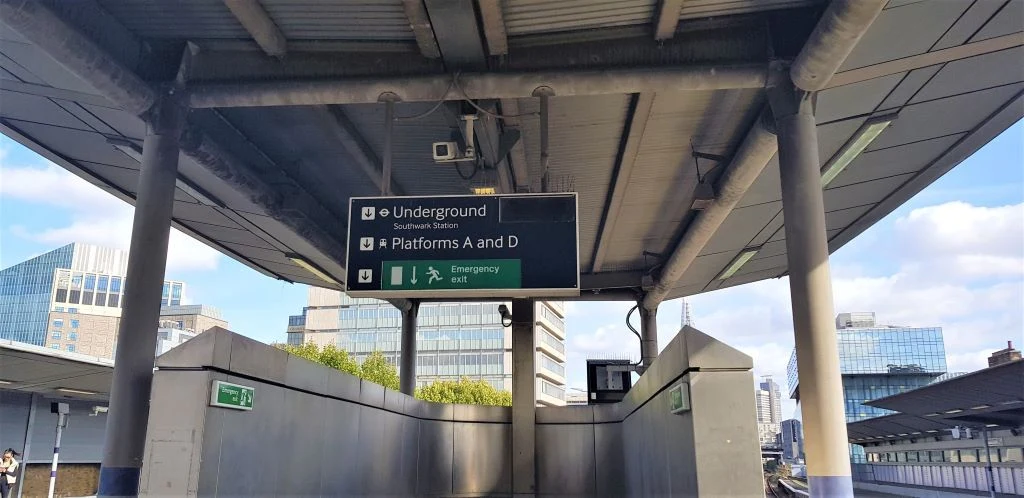
Then at Baker Street station, a simple as can be level connection is available to northbound Bakerloo line trains.
Both Marylebone and Paddington are on the Bakerloo line.
Making this connection into the Jubilee line, using a combination of Waterloo East and Southwark stations, is simpler than making the connection into the Jubilee line at London Bridge.
To Charing Cross from other London stations:
If you will be transferring to a train which departs from Charing Cross from an arrival into Liverpool Street, King's Cross and St Pancras stations, the easier cross London transfer will be to head to London Bridge station.
All trans from Charing Cross now call at London Bridge.
Euston to Charing Cross
The Northern line trains ‘via Charing Cross’ leave from platform (track) 2 in Euston underground station.
Note that when heading to Euston, the suggestion is to connect into the Northern line at London Bridge, but as no seat reservations are available on the trains which depart from Charing Cross, it's best to head here in order to board a train.
All trains from Charing Cross will call at London Bridge, but by the time they arrive there, spare seats will be harder to find.
Paddington to Charing Cross
The Bakerloo line of the Underground provides a direct link from Paddington to Charing Cross.
Note that when heading to Paddington, the suggestion is to take a combination of Jubilee and Bakerloo lines via Baker Street, but as no seat reservations are available on the trains which depart from Charing Cross, it's best to head there in order to board a train.
All trains from Charing Cross will call at London Bridge, but by the time they arrive there, spare seats will be harder to find.
Journeys
# Jump to a directionDirections
This second version of ShowMeTheJourney is exciting and new, so we are genuinely thrilled that you are here and reading this, but we also need your help.
We’re striving not to let anything get in the way of providing the most useful service possible, hence a facility has been set up with DonorBox which can be used to support the running costs and make improvements.
Instead of advertising or paywalls, your financial support will make a positive difference to delivering an enhanced service, as there’s a lot of ideas which we want to make happen.
So if you have found the info provided here to be useful, please consider saying thank you.

This is one of more than 100 train travel guides available on ShowMeTheJourney, which will make it easier to take the train journeys you want or need to make. As always, all images were captured on trips taken by ShowMeTheJourney.



